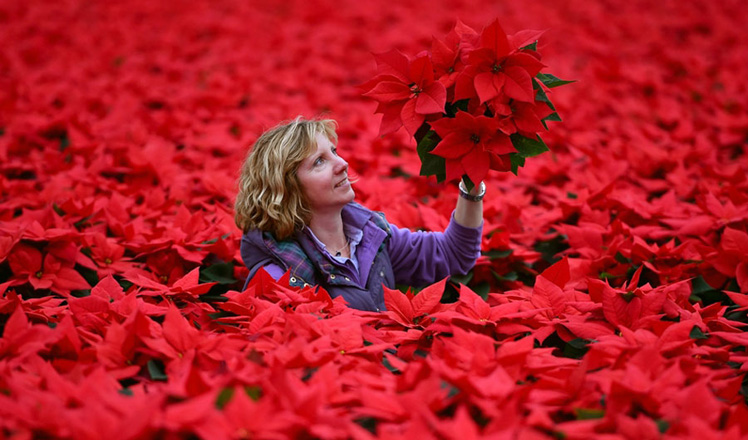Keeper of the past
Updated: 2015-12-01 07:34
By Wang Kaihao(China Daily)
|
||||||||
 |
|
The Palace Museum in Beijing is one of the country's first UNESCO World Heritage sites. [Photo by Zhuo Ensen/China Daily] |
China celebrates UNESCO founding with pledge to protect its own sites and do more, Wang Kaihao reports.
Preservers of Chinese heritage gathered at Palace Museum in Beijing last week to celebrate 70 years of the founding of UNESCO and the 30th anniversary of China's ratification of the World Heritage Convention.
The Palace Museum, which is also known as the Forbidden City, the Mogao Caves in Northwest China's Gansu province, and sections of the Great Wall were among the first six Chinese locations to be declared UNESCO World Heritage sites in 1987. With 48 today, China has the world's most such sites after Italy.
"China's World Heritage sites differ in types and landscapes, which is admired by the whole world," says Du Yue, secretary-general of Chinese National Commission for UNESCO.
"In the past decades, government bodies and the private sector have both cooperated with UNESCO (to declare such sites)."
In China, protection of UNESCO World Natural Heritage is supervised by Ministry of Housing and Urban-Rural Development, while the State Administration of Cultural Heritage is in charge of works related to World Cultural Heritage sites.
Lu Qiong, deputy director-general of sites' protection and archaeology under the State Administration of Cultural Heritage, says China's sites are distributed across wide geographical locations such as the Great Wall, stops along the ancient Silk Road and the Grand Canal.
"China's cultural heritage preservers at all levels have nurtured expertise in protection, management, academic studies, supervision and display of these sites," Lu says.
She cites the restoration of the Great Wall, which is more than 20,000 kilometers, among such major works.
China's nationwide World Heritage supervision and warning system for natural decays of such property or man-made damages is still under construction, Lu says.
Annual reports and collection of data will be needed to refine the management.
- Taipei Palace Museum calls on Taobao to boycott copycat gadgets
- Shrouded in heavy snowfall, Palace Museum greets a good many visitors
- Palace Museum sees a surge of tourists in off-season
- Major collaborations between top museums in China and UK
- A glimpse of the upcoming Metropolitan Chinese painting exhibition
- Britain's Cameron says time to bomb militants in Syria
- Russia accept full suspension from athletics
- Turkish and Russian FMs to meet in Belgrade
- S.Korea, DPRK agree to hold vice ministers' meeting for improved ties
- Avoiding escalation over Russian warplane downing
- Rights panel presses US over scientists' cases
Most Viewed
Editor's Picks

|

|

|

|

|

|
Today's Top News
Chinese president arrives in Turkey for G20 summit
Islamic State claims responsibility for Paris attacks
Obama, Netanyahu at White House seek to mend US-Israel ties
China, not Canada, is top US trade partner
Tu first Chinese to win Nobel Prize in Medicine
Huntsman says Sino-US relationship needs common goals
Xi pledges $2 billion to help developing countries
Young people from US look forward to Xi's state visit: Survey
US Weekly

|

|















